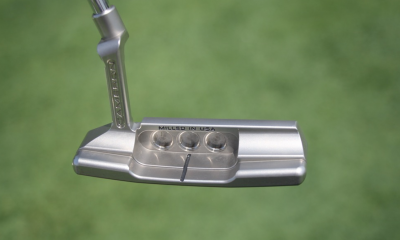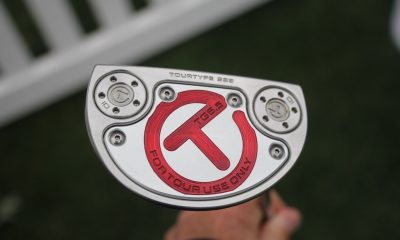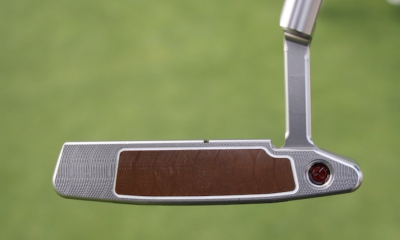Instruction
The Wedge Guy: What really needs fixing in your game?
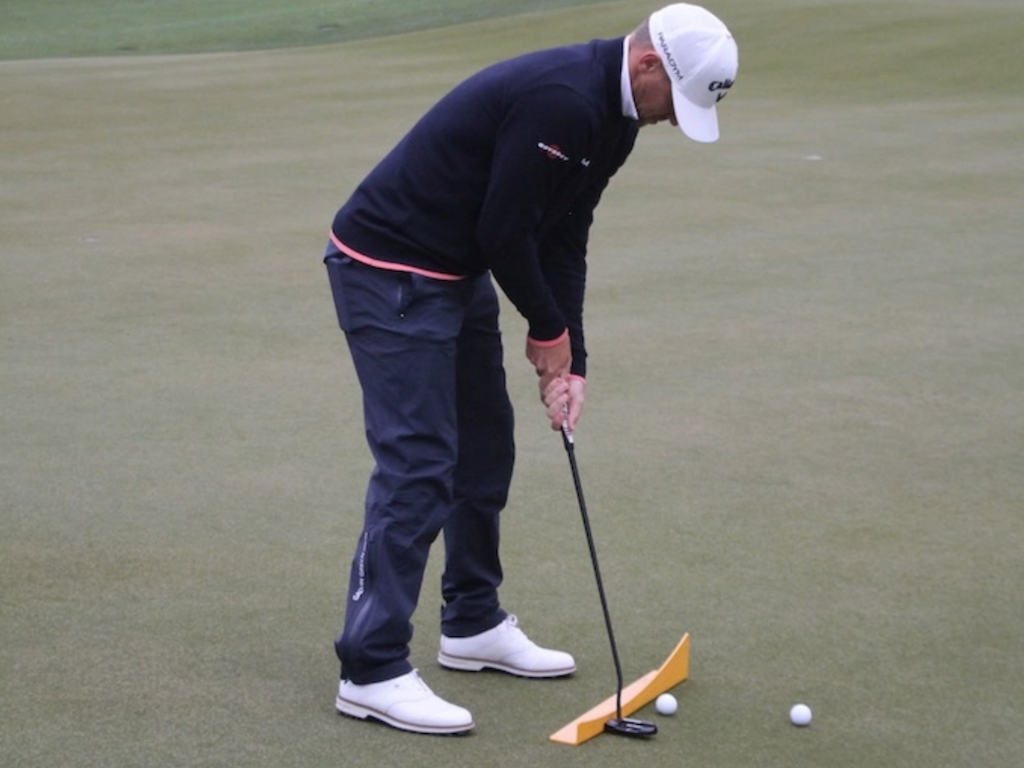
I always find it interesting to watch how golfers interact with the practice range, if they do so at all. I certainly can figure out how to understand that some golfers just do not really want to get better — at least not enough to spend time on the practice range trying to improve.
What is most puzzling to me is how many golfers completely ignore the rationale for going to the range to at least warm up before they head to the first tee. Why anyone would set aside 4-6 hours of their day for a round of golf, and then not even give themselves a chance to do their best is beyond me. But today, I’m writing for those of you who really do want to improve your golf scores and your enjoyment of the game.
I’ve seen tons of research for my entire 40 years in this industry that consistently shows the number one goal of all golfers, of any skill level, from 100-shooter to tour professional, is simply to hit better golf shots more often. And while our definition of “better” is certainly different based on our respective skill level, the game is just more fun when your best shots happen more often and your worst shots are always getting better.
Today’s article is triggered by what we saw happen at the Valspar tour event this past Sunday. While Taylor Moore certainly had some big moments in a great final round, both Jordan Spieth and Adam Schenk threw away their chances to win with big misses down the stretch, both of them with driver. Spieth’s wayward drive into the water on the 16th and Schenk’s big miss left on the 18th spelled doom for both of them.
It amazes me how the best players on the planet routinely hit the most God-awful shots with such regularity, given the amazing talents they all have. But those guys are not what I’m talking about this week. In keeping with the path of the past few posts, I’m encouraging each and every one of you to think about your most recent rounds (if you are playing already this year), or recall the rounds you finished the season with last year. What you are looking for are you own “big misses” that kept you from scoring better.
Was it a few wayward drives that put you in trouble or even out of bounds? Or maybe loose approach shots that made birdie impossible and par super challenging? Might your issue have been some missed short putts or bad long putts that led to a three-putt? Most likely for any of you, you can recall a number of times where you just did not give yourself a good chance to save par or bogey from what was a not-too-difficult greenside recovery.
The point is, in order to get consistently better, you need to make an honest assessment of where you are losing strokes and then commit to improving that part of your game. If it isn’t your driving that causes problems, contain that part of practice or pre-round warm-ups to just a half dozen swings or so, for the fun of “the big stick”. If your challenges seem to be centered around greenside recoveries, spend a lot more time practicing both your technique and imagination – seeing the shot in your mind and then trying to execute the exact distance and trajectory of the shot required. Time on the putting green will almost always pay off on the course.
But, if you are genuinely interested in improving your overall ball-striking consistency, you would be well-served to examine your fundamentals, starting with the grip and posture/setup. It is near impossible to build a repeating golf swing if those two fundamentals are not just right. And if those two things are fundamentally sound, the creation of a repeating golf swing is much easier.
More from the Wedge Guy
- The Wedge Guy: It’s not all about distance
- The Wedge Guy: Are you really willing to get better at golf?
- The Wedge Guy: Anatomy of a wedge head
- LIKE24
- LEGIT1
- WOW0
- LOL2
- IDHT1
- FLOP1
- OB1
- SHANK3
Instruction
Kelley: How the concept of a punching motion can change your golf swing
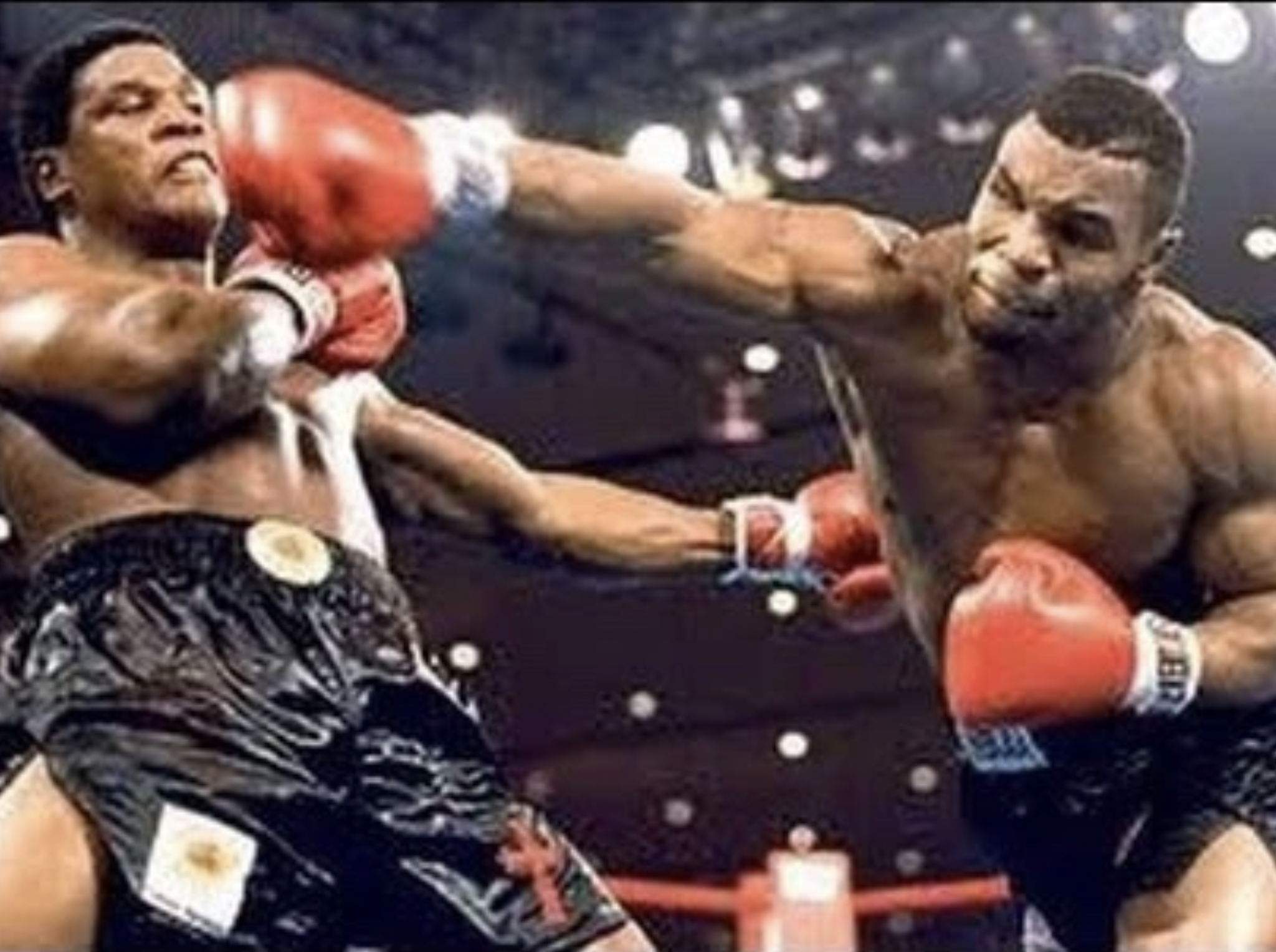
Ever wonder how a simple looking golf swing can produce so much speed and power? The answer may lie in the biomechanics of throwing a punch.
Below is an image of a boxer throwing a right handed hook. Note the direction the body moves to produce maximum force towards the target.

As the boxer pulls back his arm, there is not an excess wind-up or big turn to create power. His body is now geared to go forward and around into the opponent. His body would stay mostly level throughout the motion.
Now lets apply this simple concept to the golf swing. At address, the player would have his upper body and mass positioned behind the ball. In the picture below, note the green line indicting his mass back behind the blue baseline over the ball.
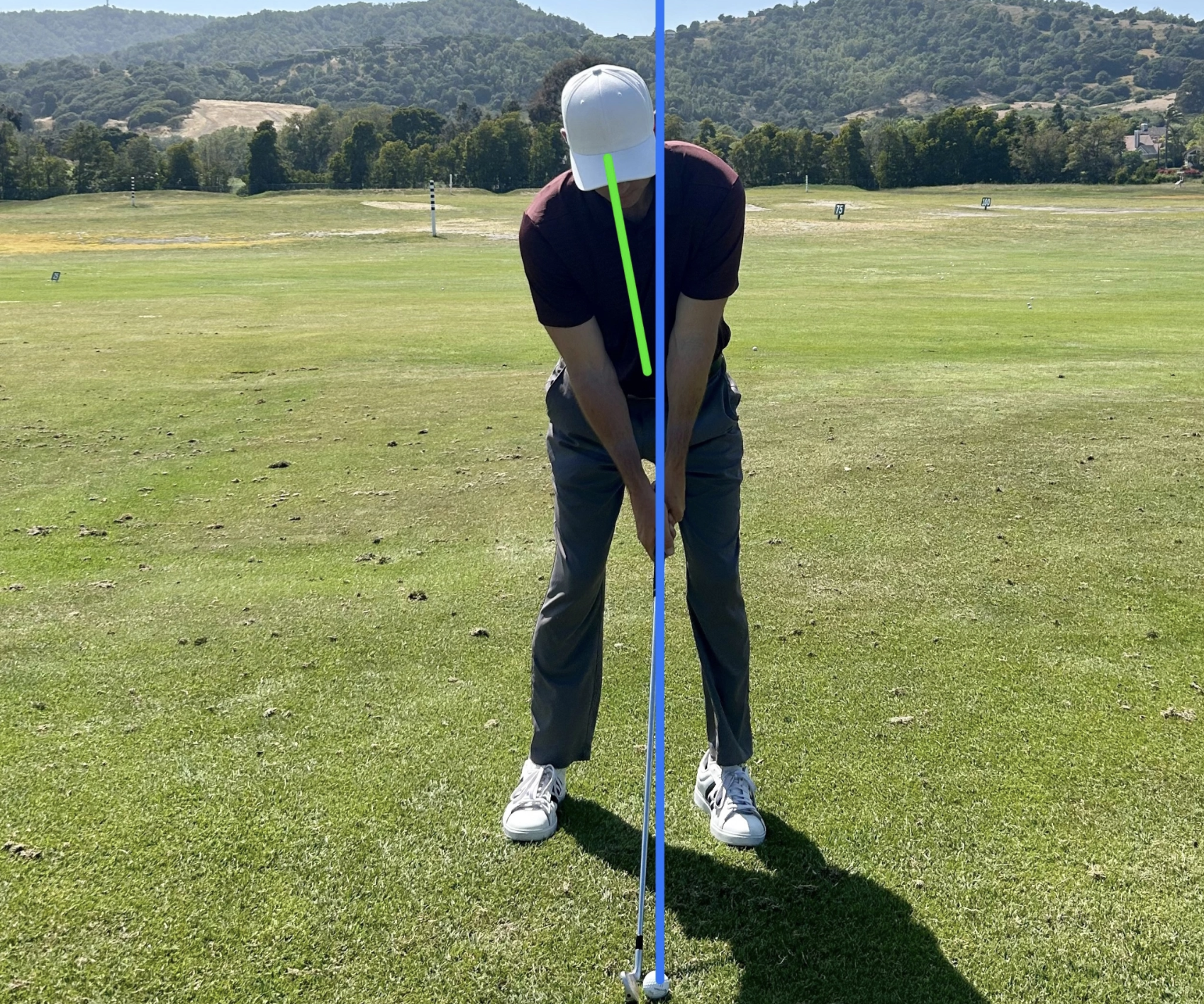
From here, the player can coil around his center, much like a boxer positioned ready to punch.

Now the body can go forward and around towards the target, pulled by the arms. Note the body finishing ahead of the blue baseline.

A body that has a lot of left side bend or “tilt” in the backswing, will naturally counterbalance in the downswing. This will often result with the upper body falling back in the downswing. (Pictured below)
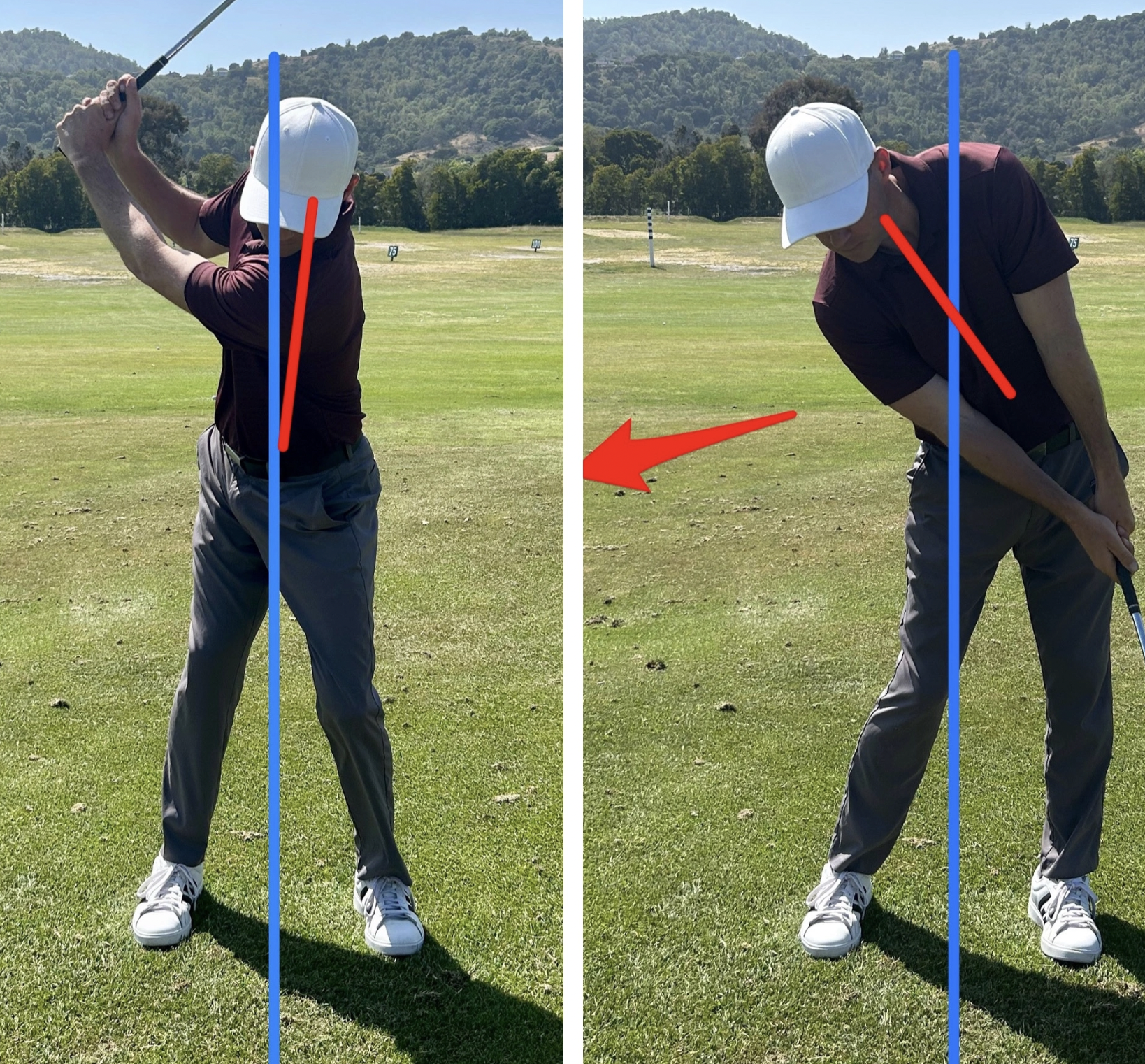
The pattern above would equivalent to attempting to punch forward with your arm while your body is moving backwards. Next time you are looking to make a swing change, first check the movement of your body, and see if it is as simple as boxer throwing a powerful punch.
Twitter: KKelley_golf
- LIKE23
- LEGIT7
- WOW0
- LOL0
- IDHT2
- FLOP0
- OB0
- SHANK7
Instruction
How to set up to the golf ball: Why grip, grip pressure, and posture are crucial
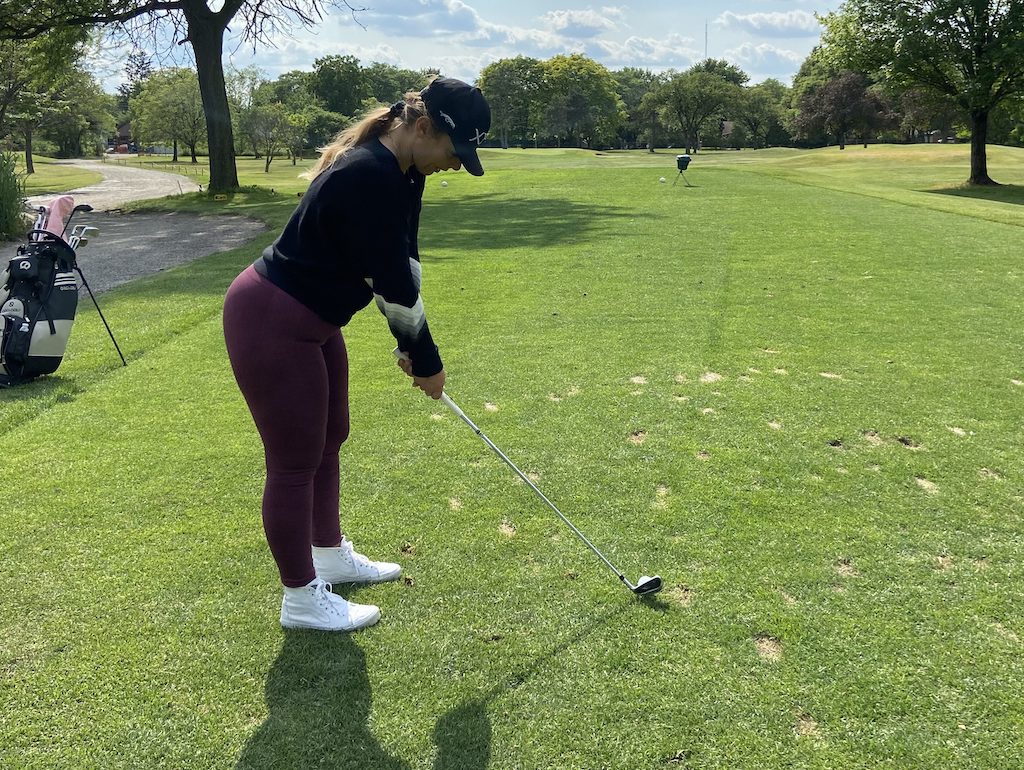
When we are playing a round or hitting balls on the range over a long period of time, we tend to grip the club tighter, stand up, and quickly lose the ability to maintain posture during the golf swing.
As players, with the spine angle out of posture, we overcompensate in many ways. The first thing that many players do poorly, as a result of poor posture, is grip tighter and stiffen the arms. These are the two biggest culprits that will inhibit consistency and any innate ability to set up well and brush the grass. Gripping tighter also leads to poor use of the body’s bigger muscles ie. the core. The spine angle in good posture will activate the core regions and enhance the body’s ability to coil, thus allowing the transfer of weight from the trail to the lead side.
In the quest to better ball striking, our first priority is understanding the importance of grip strength and grip pressure. Our second priority is posture and always initiating the proper spine angle by bowing forward from the hip (pelvic tilt) and letting the arms hang. After positioning the spine angle, check the body’s alignment )ie. shoulders, hips, knees, and feet) by positioning them parallel to the target line. This process composes the beloved and all-important set up.
How to set up to the golf ball: The basics
Our ability to set up and control grip pressure is the source of our ability to play well and consistently over time.


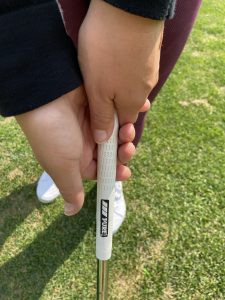
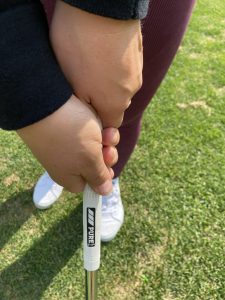
The first essential step is setting the grip in the lead hand
The main pressure points to focus on in gripping with the lead hand are, first and foremost, in the initial placement of the club’s grip in the fingers and allowing the top of the grip to rest on the palms pad. The first pressure point is in the lead pointer finger behind the shaft and the second pressure point is when we let the club rest on the palm’s pad. The lead thumb is the third pressure point. Proper grip strength is determined by trial and error swings.
As we grip the club in the trail hand, it is important to grip lightly and in the fingers with the right thumb pad placed on top the left side of the grip. For reference, there are markings on all golf gloves to help each player understand where their grip should be placed.
The essential second step is bowing from the hips to create the spine angle
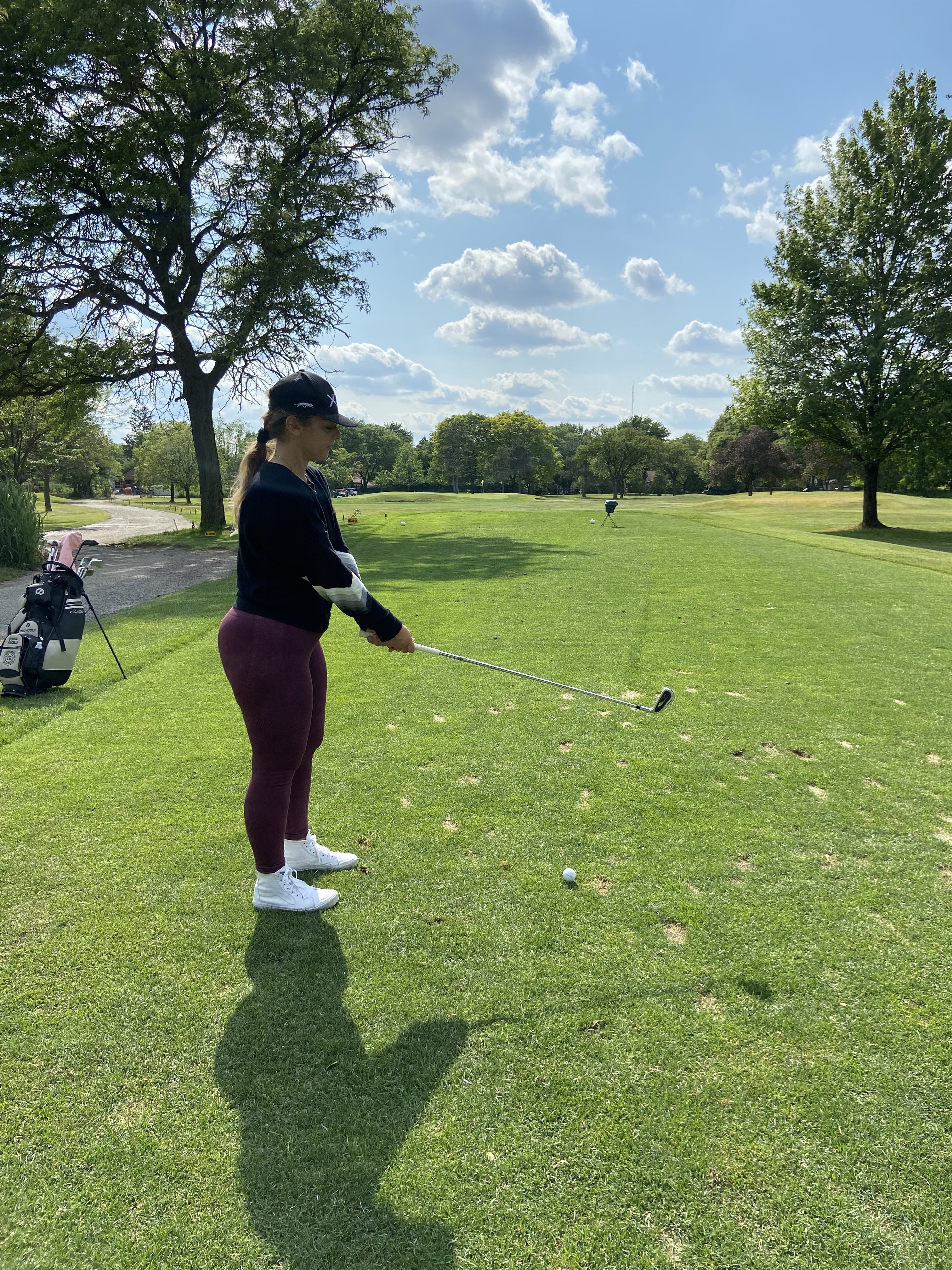

As we bow, the focus is to aim the leading edge perpendicular to the target line. Looking at the first groove of the club (if it is an iron) can help the eyes focus on this step. A lot of mistakes happen when our eyes start looking around while we do this instead of focusing on an intermediate target and using our eyes to line up the leading edge to that point. Being thoughtful in this process is key and just try to make sure the club isn’t wiggling around.
In the bow, with our shoulders just over the toes, we can see if the club is resting in good relationship to the body. Understanding the distance our body should be to the club is huge. This alone can make or break our ability to strike the ball well. Keeping one hand width from our body to the club is a general rule of thumb throughout the entire bag. The space in which we stand to the club shouldn’t change. What changes is the length of the club in our hands.
These components culminate the very first steps we take to hit a shot. This is the essence of set up, which generates our best chances to develop consistent shot patterns to the target. As a result of properly managing these components, we can begin to maintain accuracy and easily repeat our movement patterns to get the ball close to the target. We can also begin to self-correct our misses if we are accountable with these steps.
Foot width and ball position
Lastly, in the set up we step our feet to the ball’s position and generally maintain a stance that is approximately shoulder width. After gripping and bowing the next thing a player needs to do is step to the ball position. This will impact the club’s ability to generate loft, also depending on the chosen club. Generally, a driver ball position is forward in the stance. The mid-iron ball position is mid stance and most full-swing wedges are played just back of center with a more narrow stance. Taking the time to better understand the components of set up and ball position will generate 100 percent of our success to better ball striking.
A final word
Take some videos of yourself and look at the body from head to toe. Is your setup in a ‘Z’ or ‘S’ formation? Where is your weight in your shoes? Heels, mid-shoe, or toes? Does your setup look like an ‘H’or ‘C’? Is your weight too far in the heels or toes? In my experience, it is easier to maintain posture in the golf swing and overall athleticism by keeping the stance’s pressure points more forward in the mid-shoe to the toes. This enhances the pelvic tilt and the arms’ ability to hang. Therefore, posture throughout the swing improves and we are less likely to grip so tight.
Any questions? Book a lesson with LPGA instructor Donna Fiscelli through her booking site.
- LIKE37
- LEGIT8
- WOW2
- LOL1
- IDHT0
- FLOP0
- OB0
- SHANK8
Instruction
Clement: Snap that driver for 300-yard drives!

PGA Tour Coach and Golf Channel Academy instructor, Shawn Clement, shows you how insanely adapt your arm anatomy is to get consistent releases when you allow it to happen in the direction you want the ball to start!
- LIKE4
- LEGIT1
- WOW0
- LOL1
- IDHT0
- FLOP1
- OB1
- SHANK7
-

 19th Hole2 weeks ago
19th Hole2 weeks agoTiger Woods delivered stinging message to major winner after denying him lift on private jet
-
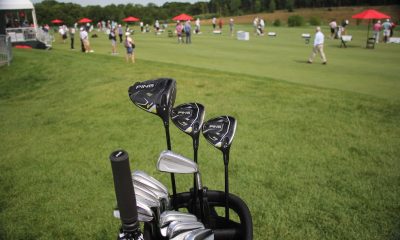
 Whats in the Bag2 weeks ago
Whats in the Bag2 weeks agoSeamus Power WITB 2023 (June)
-

 Whats in the Bag3 weeks ago
Whats in the Bag3 weeks agoOmar Morales WITB 2023 (June)
-

 Whats in the Bag3 weeks ago
Whats in the Bag3 weeks agoBlayne Barber WITB 2023 (June)
-

 Whats in the Bag3 weeks ago
Whats in the Bag3 weeks agoBen Carr WITB 2023 (June)
-

 Whats in the Bag2 weeks ago
Whats in the Bag2 weeks agoTom Hoge WITB 2023 (June)
-

 19th Hole3 weeks ago
19th Hole3 weeks agoJournalist alleges this is the ‘unforgivable’ act Phil Mickelson committed against Pat Perez and his wife
-
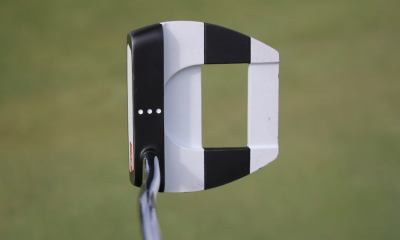
 News2 weeks ago
News2 weeks agoKeegan Bradley’s winning WITB: 2023 Travelers Championship













